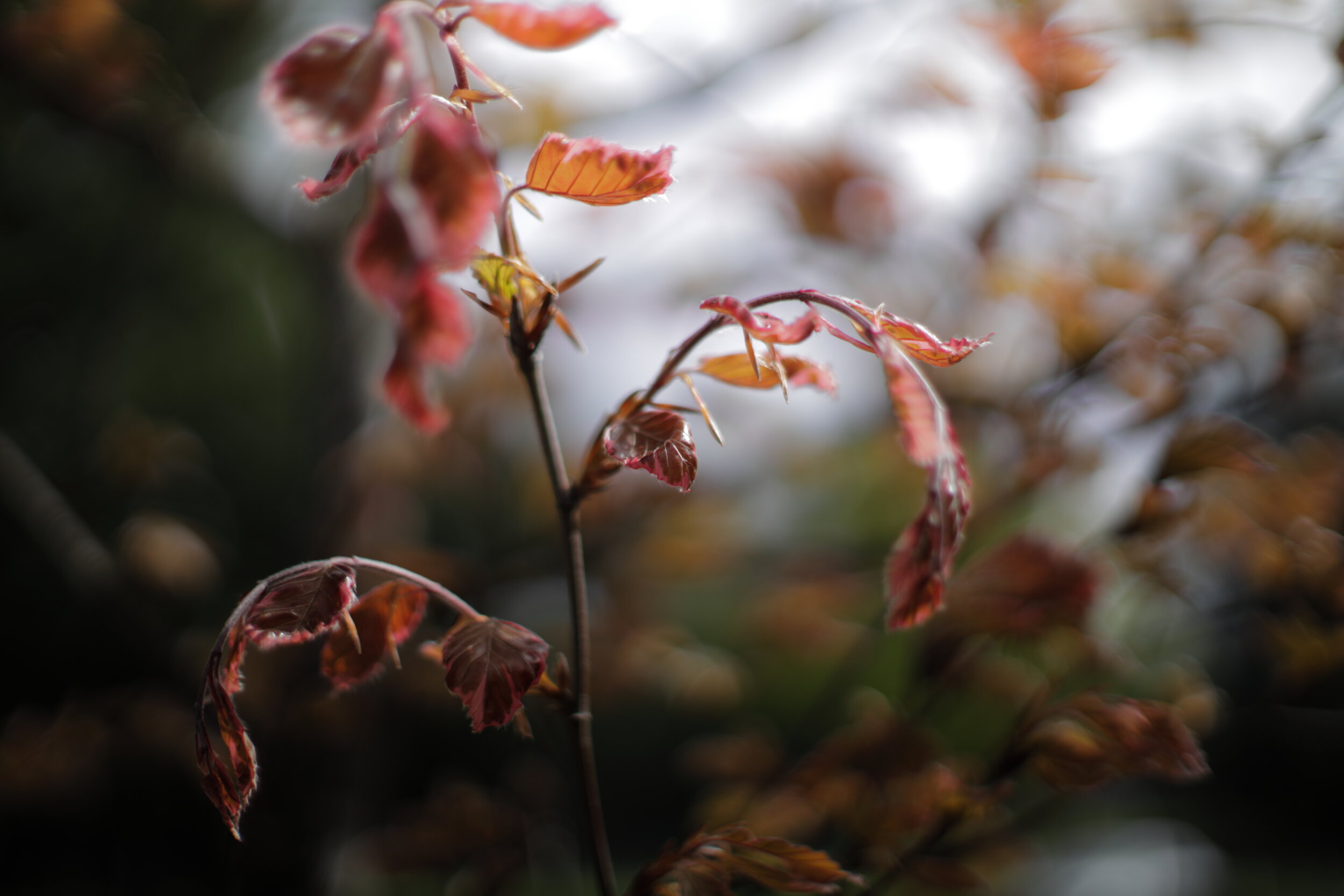Canon FD 55mm F1.2
Go big or go home…
Canon FD 55mm F1.2 S.S.C on my EOS R @ F1.2
I remember thinking when I started out, why would anyone need an lens that opened up to f1.2?
After all F1.4 was so fast already, such a shallow depth of field, especially when you had to worry about keeping moving things in focus while capturing “moving pictures” like I was accustomed to having to worry about when I was first buying lenses; but I have to say it’s kinda something you actually have to try before you write it off.
Oddly enough my reason to buy this lens was entirely influenced by the present not that past. When I bought my Canon EOS R I decided I might as well try one of these new RF lenses that the camera was released with. After all since it was a completely new “system” why not give the whole system a try? At the time already I had the collection of FD lenses that already numbered close to several dozen lenses but hey the “latest” and greatest Autofocus system wasn’t going to be going very far with those.I decided to take the plunge and go for a Canon RF 50mm F1.2L lens.
That RF lens is what changed my perspective on just what a supernatural feeling it is to wield an F1.2 prime lens. It’s not just the isolation you are able to achieve with the super shallow depth of field but the feeling that you can kinda always get the shot, not just because of the amount of light you can let in but also because you can completely obliterate backgrounds and focus people’s attention on just about anything you want.
I had considered myself a “responsible” spender for lasting all these years making due with my trusty but “mortal” Canon FD 50mm f1.4 S.S.C. on my Fuji XT-2, but I could wait no longer…
I picked it up for a rather reasonable price of a little over $300 or about 4 times what I paid for the my FD 50mm f1.4 S.S.C. This was the most expensive FD lens I had ever bought. However I had considered that fact, probably to lower my feelings of guilt, that I had in fact picked the economical choice as far as f1.2 FD lenses go, after all there is the FD 55mm F1.2 AL Aspherical - the worlds first “mass” produced lens with an Aspherical element which, at the time of this writing, features a shockingly astronomical price of about $4000 for a mint copy on eBay, probably because of its rather striking commonalities with the Canon K-35 55mm T1.3 cinema lens also released in the 1970’s.
Canon FD 55mm F1.2 S.S.C. on the EOS R @ F1.2
Now obviously this is a lens from the 1970’s so it is worlds apart from a modern, high performance, f1.2 prime lens like the RF 50mm f1.2L but it still has a few things going for it.
My copy is seemingly flawless, no haze, or mold and very little to no dust, so I believe I am getting the optimal performance out of the lens. My copy is also one of the most recent “old” FD date codes I have seen, late 1979, most likely just before the transition to series of “new FD” (aka nFD) lenses in 1980; and with the transition to new FD/nFD lenses the subsequent phase out of the 55mm F1.2 S.S.C. for the replacement nFD 50mm F1.2L lens with a much more compact size/weight and a better close focus.
FD 55mm F1.2 S.S.C. on the EOS R @ F1.2
My copy seems to have been treated pretty well. However, there is no denying the obvious optical flaws of a super-fast prime lens from the 1970’s. The lens suffers from (oddly enough for a 55mm) some minor barrel distortion (quite a bit more that the minor pincushion of the 50mm f1.4). It’s not noticeable in everyday shooting but if you have any straight lines toward the edges of the frame you will probably see it. at f1.2. You can see from the photo above that vignette is quit pronounced even in real world situations at F1.2 but no more than to be expected for a vintage F1.2 lens. Wide open @ F1.2 this lens also suffers from rather severe Spherochromatism - or a form of longitudinal chromatic aberration combined with spherical aberration creating some pronounced magenta/green fringing in front of and past of the plane of focus. Again this is pretty typical of vintage high speed primes when wide open. What I find to be kind of interesting with the lens and the EOS R combination is that the “green” rendering of longitudinal chromatic aberration past the plane of focus is actually a more pleasing (subjective) cyan-bluish in color. It’s still very noticeable but I find the hue to skew far more to the blue side of cyan rather than the green side. Also rendering of the out of focus area of the images is quite nice with lots of “creamy smooth” residual spherical aberration and some nice cat-eyed bokeh to go with. Stopped down the contrast and resolution improves considerably and the green/magenta fringing starts to disappear however in my own personal case the reason I bought an F1.2 lens is to always use it at F1.2!
There is something pretty special and rather infuriating with working with a vintage f1.2 prime like this, what I mean by this is judging focus is really something that is hard, both technically and mentally. You are always wondering, did I get it in focus, but wait did I get the exact flower stem, eyelash, etc I wanted in focus?
